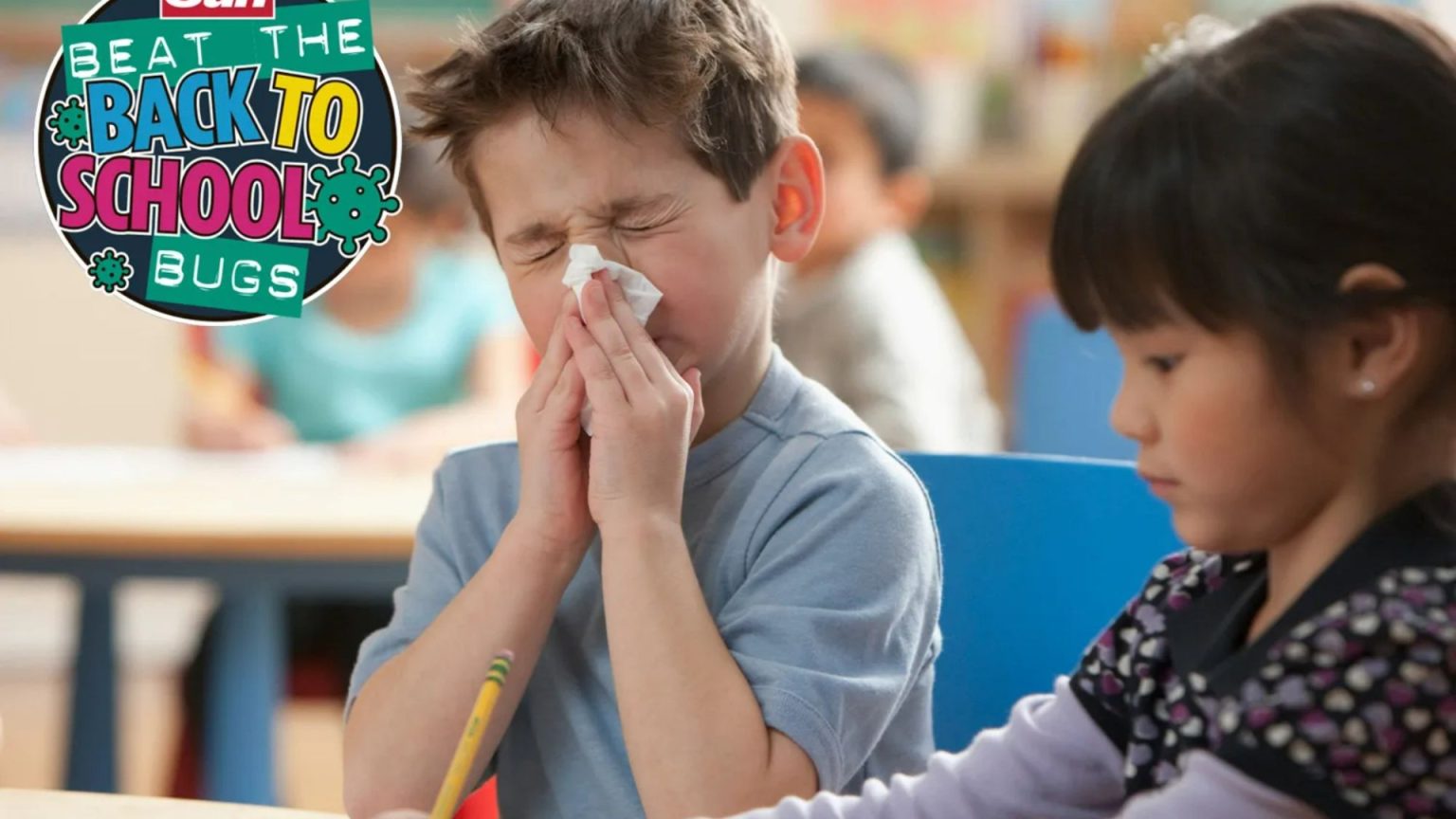School attendance is crucial for a child’s development and well-being, impacting their academic progress, social skills, and overall health. While it’s natural to err on the side of caution when a child feels unwell, understanding when it’s necessary to keep them home versus when they can safely attend school is essential. This comprehensive guide outlines common childhood illnesses and provides clear guidance on when a child should stay home and when it’s safe for them to return to school.
Many common childhood ailments, such as coughs, colds, and sore throats, do not require exclusion from school, especially in the absence of a fever. Children with these mild symptoms can generally attend school as long as they feel well enough to participate and are not contagious to others. Good hygiene practices, such as frequent hand washing and proper disposal of tissues, are crucial in minimizing the spread of these common illnesses within the classroom. However, if a child develops a fever (38°C/100.4°F or higher), they should remain home until the fever subsides and they feel better. This applies to most illnesses, as a fever indicates the body is actively fighting an infection and the child is likely more contagious.
Certain more serious or contagious illnesses necessitate a specific exclusion period to prevent the spread of infection. Chickenpox, for example, requires children to stay home until all blisters have crusted over, typically around five days after the initial appearance of spots. Whooping cough, a severe respiratory infection, requires exclusion until two days after starting antibiotic treatment or 21 days from symptom onset if antibiotics are not administered. Measles, highly contagious and potentially serious, mandates exclusion until four days after the rash appears. Mumps, characterized by painful facial swelling, requires a five-day exclusion period from the onset of swelling. Rubella (German measles) also necessitates a five-day exclusion from the rash’s appearance.
Gastrointestinal illnesses, like diarrhea and vomiting, require a 48-hour exclusion period after symptoms cease. This waiting period helps prevent the spread of infections like norovirus, which can easily spread in school settings. Specifically, with illnesses like E.coli or Hepatitis A, consult a doctor for tailored guidance on return to school. For skin infections like impetigo, a highly contagious bacterial infection, children should stay home until sores have crusted or for 48 hours post-antibiotic treatment commencement. Scabies, a contagious skin infestation caused by mites, allows return to school after the initial treatment, but simultaneous treatment of household and close contacts is essential. Ringworm, a fungal skin infection, allows school attendance once treatment begins, though informing the school is recommended.
Respiratory infections, including influenza, require children to stay home until they have fully recovered. Flu can spread rapidly in schools, and keeping infected children at home reduces the risk of widespread outbreaks. While a runny nose or headache alone doesn’t necessitate absence, a combination of these with a high temperature indicates a more serious illness requiring exclusion. For COVID-19, a three-day isolation period is advised after a positive test.
Other conditions, while potentially bothersome, don’t typically require exclusion from school. Conjunctivitis (pink eye), while uncomfortable, doesn’t necessitate absence, though promoting good hygiene, like avoiding eye rubbing and frequent hand washing, is crucial. Similarly, ear infections often resolve independently, allowing school attendance unless accompanied by a high fever or severe pain. Tonsillitis, while an infection, does not usually require staying home unless a fever develops. Head lice, a common nuisance, don’t necessitate absence, though informing the school is helpful. Cold sores, while contagious, don’t require exclusion, but emphasizing hygiene measures like avoiding touching the sore, kissing, and sharing utensils is vital.
Maintaining good hygiene practices is paramount in preventing the spread of illness in schools. Encouraging frequent hand washing, proper tissue disposal, and avoiding close contact with sick individuals can significantly reduce infection transmission. Staying up-to-date with vaccinations is another critical preventative measure. Vaccinations protect against various infectious diseases, including measles, mumps, rubella, and flu, contributing to a healthier school environment.
If a child experiences severe symptoms such as difficulty breathing, seizures, loss of consciousness, or a high fever that doesn’t respond to treatment, immediate medical attention is crucial. Knowing when to seek emergency medical care is essential for ensuring a child’s safety and well-being. This includes recognizing signs of serious conditions like choking, severe bleeding, a stroke, or sudden swelling. Prompt action in these situations can be life-saving.
In summary, navigating childhood illnesses and school attendance requires careful consideration of the child’s symptoms, the contagiousness of the illness, and the child’s overall well-being. While keeping a sick child home is a responsible measure to prevent the spread of infection, it’s important to differentiate between mild illnesses that permit school attendance and more serious conditions requiring exclusion. Promoting good hygiene practices, adhering to recommended exclusion periods, and seeking prompt medical attention when necessary are crucial steps in maintaining a healthy school environment and ensuring the well-being of all students. This guide provides a comprehensive resource for parents and caregivers to make informed decisions about their child’s school attendance when illness strikes. Always consult with a healthcare professional if any doubts or concerns arise regarding a child’s health.


